It remains one of the most ambitious—and eerie—scientific projects in human history. While space agencies were racing to the moon, Soviet scientists were racing in the opposite direction: straight down.
The project, known as the Kola Superdeep Borehole SG-3, began in 1970 in the Pechengsky District of Russia, near the Norwegian border. The goal was simple yet massive: drill as deep into the Earth’s crust as technology would allow. By 1989, they had reached a staggering depth of 12,262 meters (40,230 feet).
To put that into perspective, the hole is deeper than the deepest point of the ocean, the Mariana Trench (36,201 feet), and deeper than the height of Mount Everest and Mount Fuji stacked on top of each other.
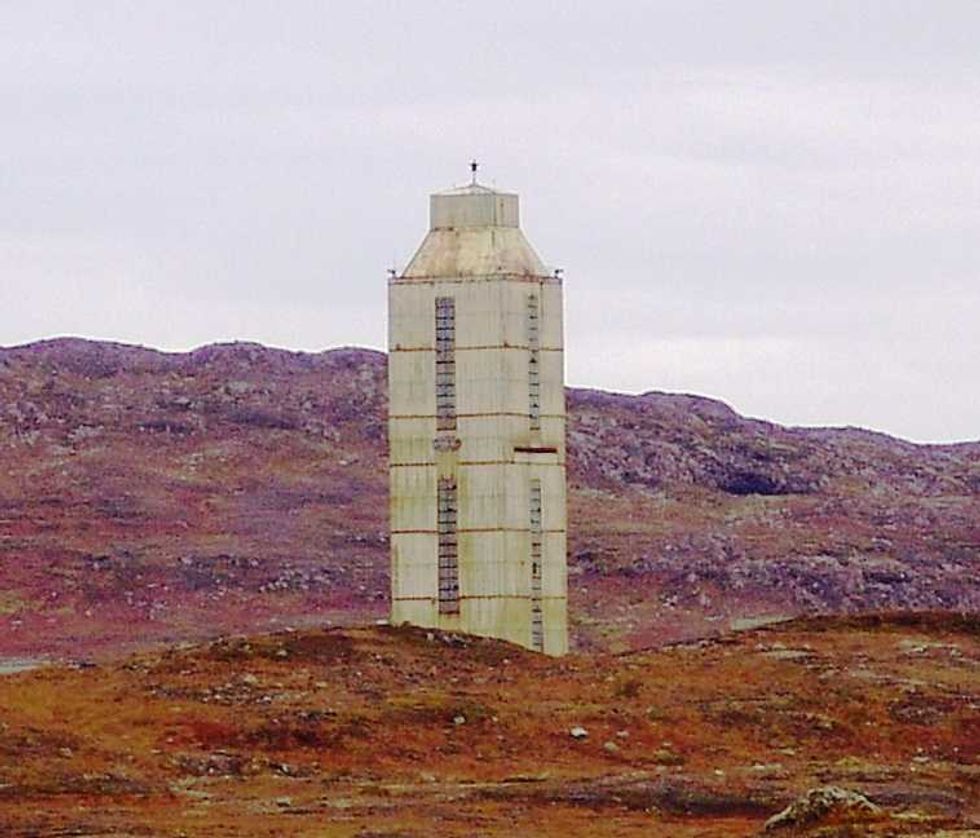
However, what they found at those depths has become the stuff of internet legend. According to a report from Indy100, the project is famous not just for its depth, but for the "terrifying sound" that allegedly emerged from the borehole.
As the drill ventured deeper, rumors began to swirl that the microphone lowered into the shaft picked up mysterious noises. These sounds, described by some as "wailing" or "screams," fueled a persistent urban legend that the scientists had inadvertently drilled into a "pathway to hell." While the "hell" theory is folklore, the audio recordings associated with the project remain unsettling to this day.
Beyond the myths, the physical reality of the hole was shocking enough to halt the project. By 1992, the drilling had to stop. The temperature at that depth had reached a scorching 180°C (356°F)—far higher than expected. The heat was so intense that the rock behaved more like plastic than solid stone, causing the machinery to melt and malfunction.
Following the collapse of the Soviet Union and a lack of funding, the project was officially shuttered, and the massive metal lid was welded shut.
Despite the "hellish" rumors, the scientific discoveries were profound. Scientists found that the deep crust was saturated with water—something previously thought impossible at that pressure—and discovered microscopic plankton fossils intact four miles beneath the surface.
@mystical_lizard kola superdeep borehole on kotrrc recorded sounds of hell
Today, the site is a rusted ruin, often visited by curious tourists and explorers. But the race to the center of the Earth isn't over. As The Guardian recently reported, China has undertaken a massive new project to dig a 10,000-meter borehole into the Earth's crust, aiming to trace oil and gas reserves and uncover new geological secrets. Whether they will encounter the same "mysterious noises" remains to be seen.
Kola Superdeep Borehole, deepest hole on Earth, Russia, geology, drilling, Mariana Trench, sounds of hell, Earth's crust, science mystery, China drilling YouTube
This article originally appeared last year.





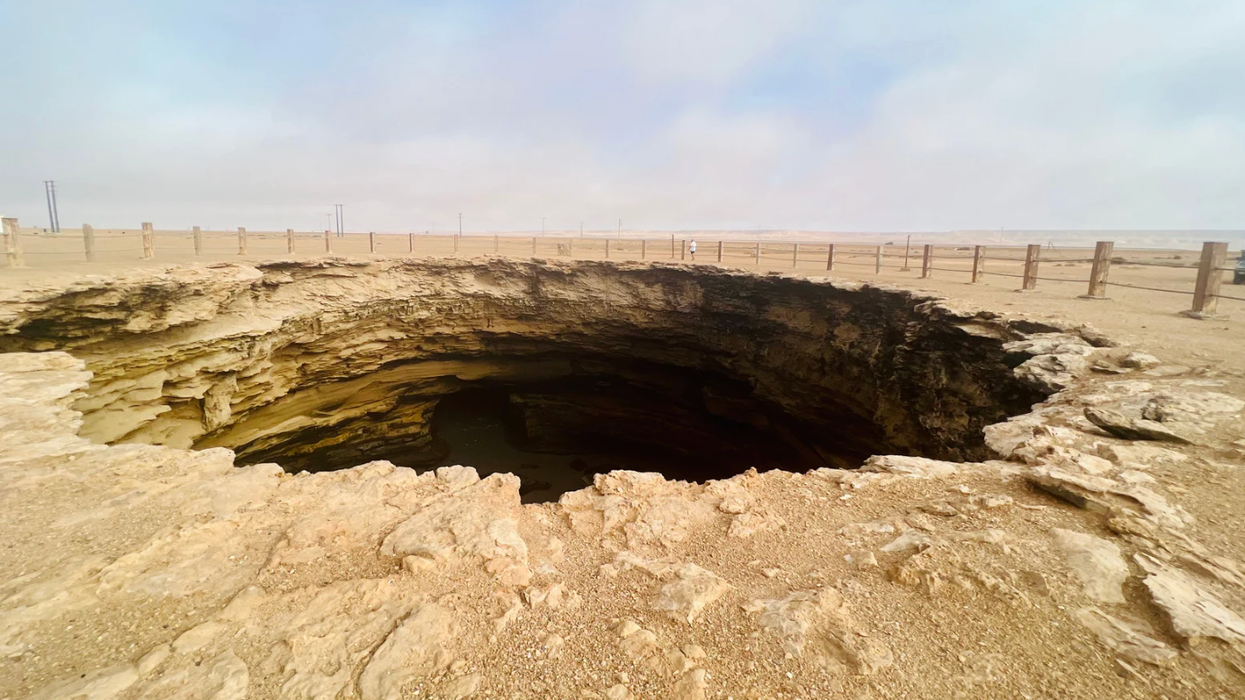










 Two women shop at clothing storeCanva
Two women shop at clothing storeCanva
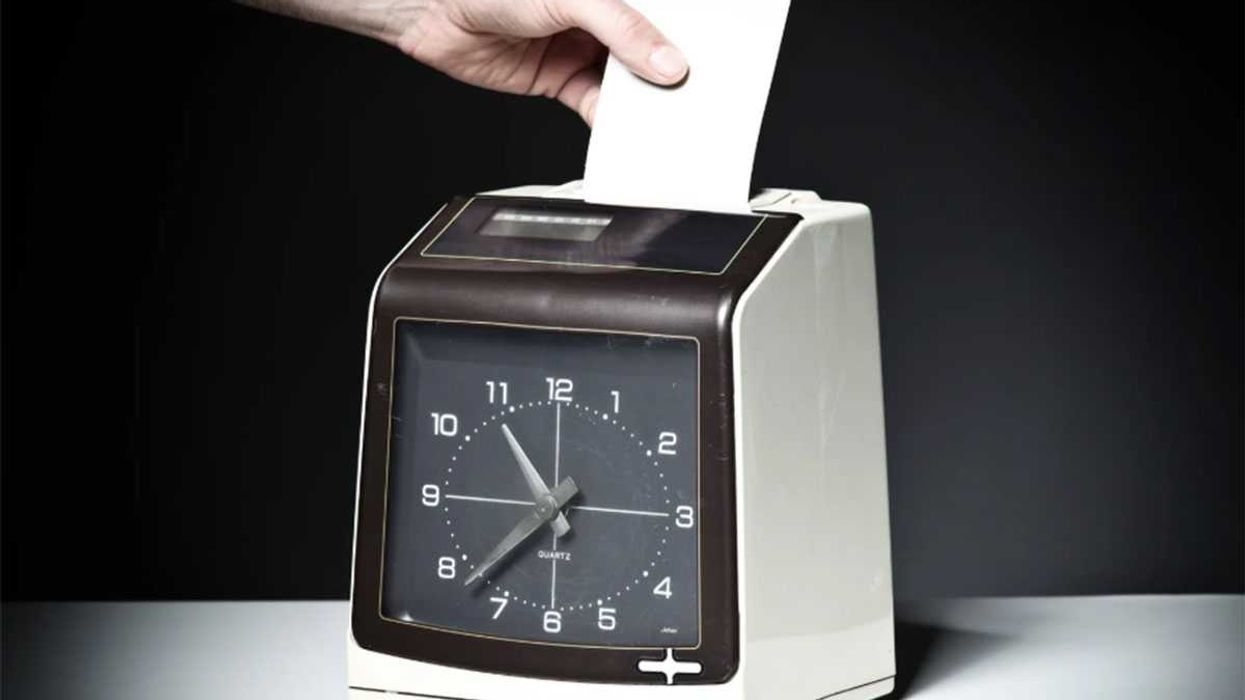
 "I'm watching you..."
"I'm watching you..."  Reddit |
Reddit | 
 A woman conducts a online color testCanva
A woman conducts a online color testCanva A selection of color swatchesCanva
A selection of color swatchesCanva A young boy takes a color examCanva
A young boy takes a color examCanva 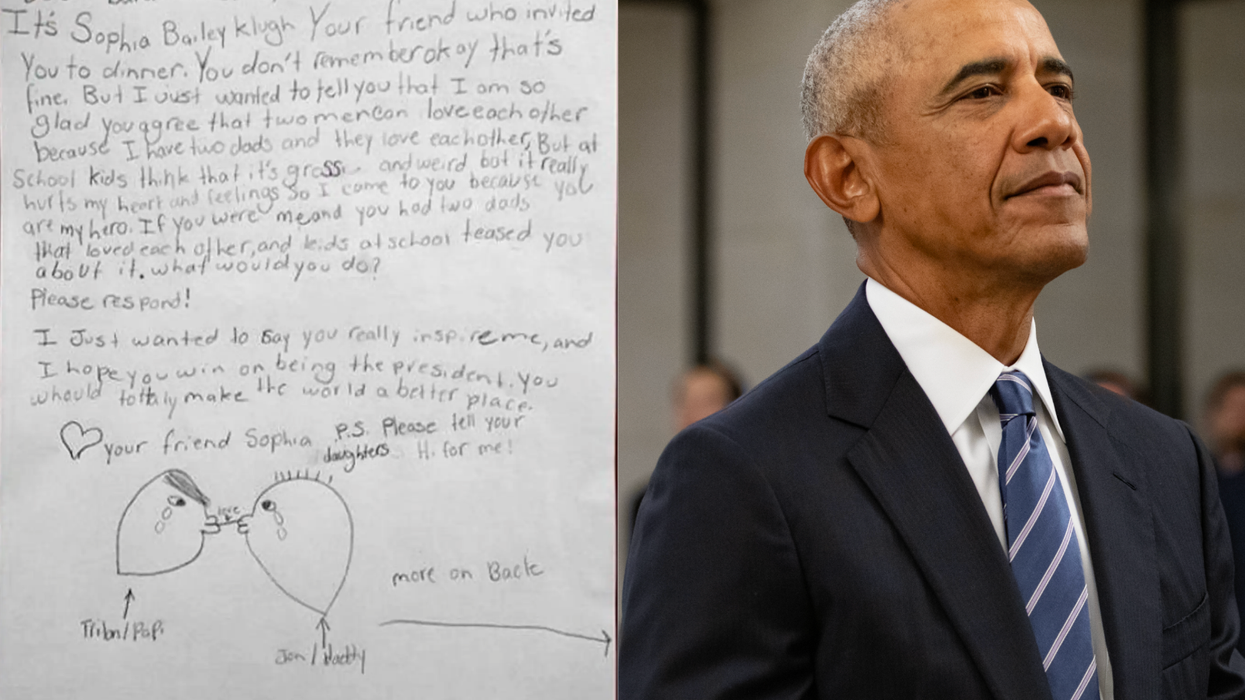
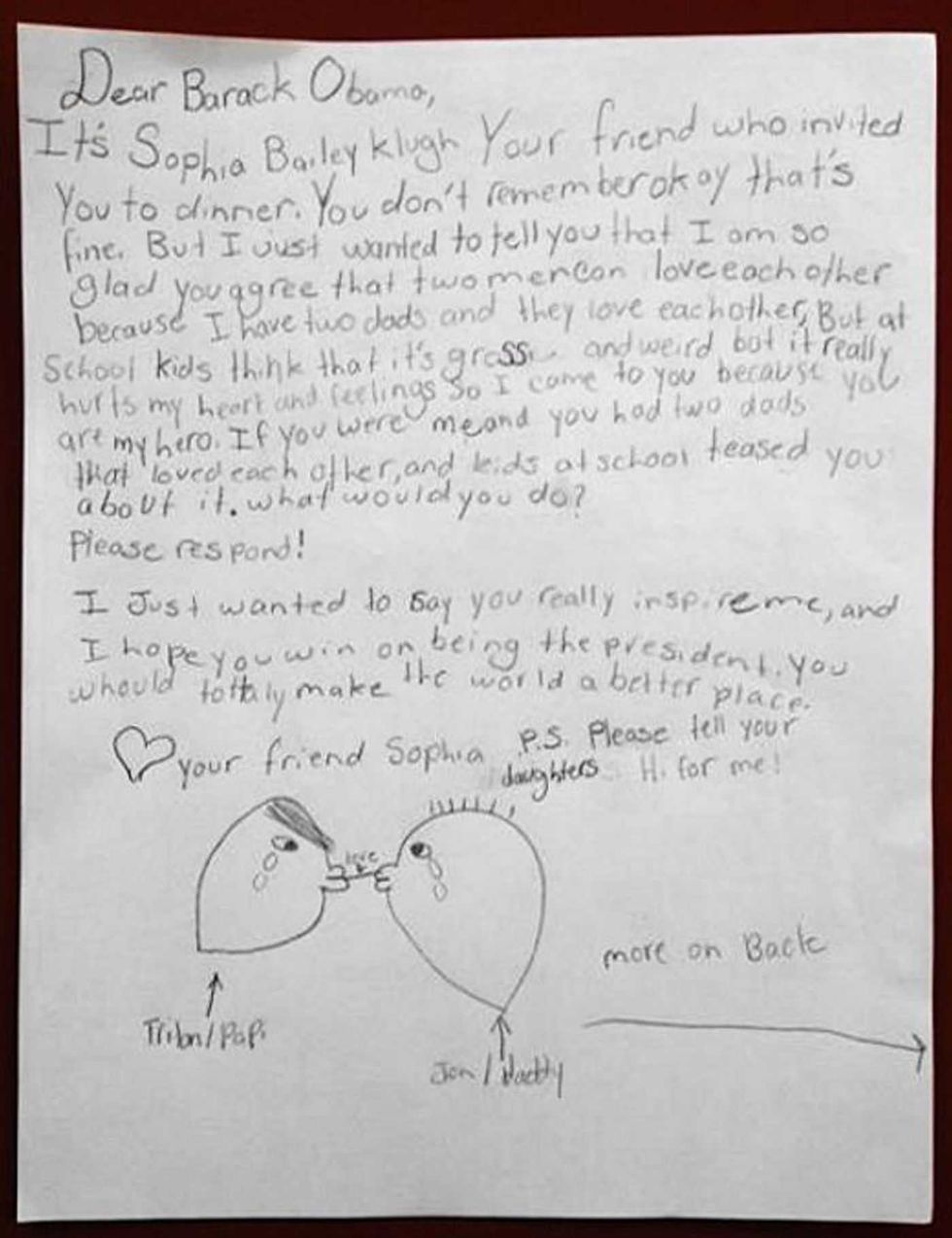 Copy of Sophia's letter to President Obama
Copy of Sophia's letter to President Obama Barack Obama's letter to Sophia
Barack Obama's letter to Sophia Gif of Obama saying "The torch has been passed" via
Gif of Obama saying "The torch has been passed" via 
 A mom is very angry with her sonCanva
A mom is very angry with her sonCanva Gif of two women high-fiving via
Gif of two women high-fiving via 
 Representative Image: Accents reveal heritage and history.
Representative Image: Accents reveal heritage and history.  Representative Image: Even unseen you can learn a lot from an accent.
Representative Image: Even unseen you can learn a lot from an accent.